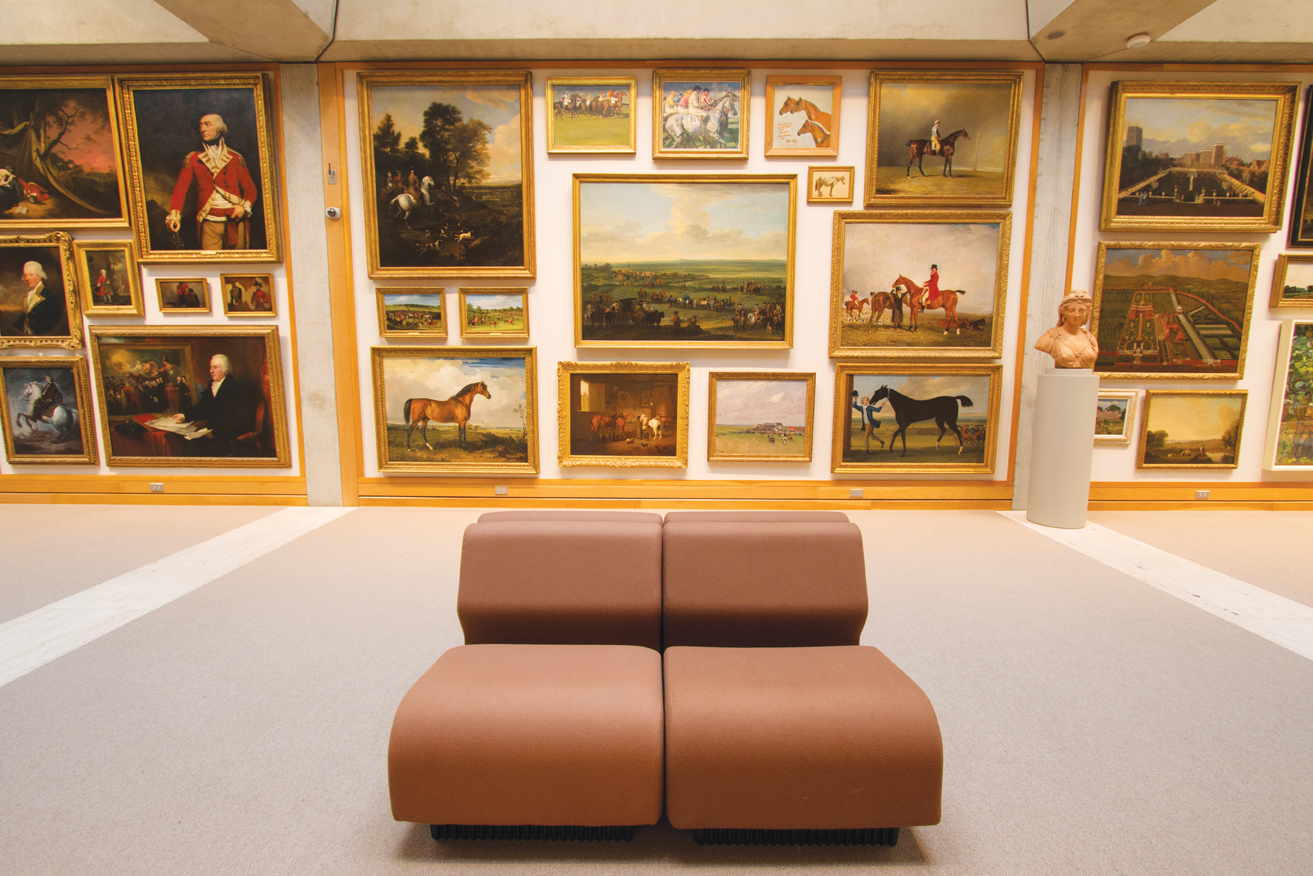YCBA holds scholarly symposium on J.M.W. Turner
The J.M.W. Turner State of the Field Symposium discussed the current state of scholarly research on the British artist's work and the influences on his raw artistic perspective.

Yale Daily News
The dark, grim hues and natural references of J.M.W Turner’s artworks made a return to the Zoom screens of art history enthusiasts at Yale and other universities.
The Yale Center for British Art held the J.M.W. Turner State of the Field Symposium in an online webinar format. Held from Sept. 22 to Sept. 23, the symposium captured the research and scholarship behind Turner’s works, recognizing the ecological, economic and linguistic influences on his artistry. Including a keynote conversation and a series of 5 panels, the Symposium gathered a coalition of art historians, curators and art history professors to discuss Turner’s overarching canonic presence in the artistic industry.
The symposium also highlighted an upcoming exhibition that the Yale Center for British Art will hold in 2025, celebrating 250 years since Turner’s birth — an opportunity to discuss the years of investigating, handling and display of the Romantic pieces.
“With such an extraordinary variety of subjects and approaches, I am confident that this two-day symposium will testify to the continuing vitality and conformity of the scholarly study of Turner’s work,” Lucinda Lax, curator of paintings and sculpture at the YCBA, said.
The symposium’s first day was launched with a welcome from YCBA Director Courtney J. Martin GRD ’06 GRD ’09 and an introduction by Lucinda Lax for Turner 250. With a PowerPoint presentation, Lax discussed the themes of the YCBA’s upcoming exhibition. She mentioned three main themes, stating that Turner 250 will venture into Turner’s history in British art, a relationship with his past and the tragic and beautiful relationship he expresses with nature.
However, an overarching theme embodied throughout the symposium and exhibition is the contradiction and ironies within Turner’s work and persona.
Every panelist ventured into a new realm, each having written a scholarly paper with a discussion topic related to J.M.W. Turner’s artwork. Tobah Aukland-Peck, a doctoral candidate in art history at the Graduate Center of the City University of New York, discussed Turner’s sketching tour of England’s Lake District with his sketchbook and graphite in hand.
She makes a correlation between Turner’s subject matter of mining and the industrial landscape emerging in British modernism and postwar art through his use of graphite pencils likely from the Borrowdale lead mine.
“The artist’s turned attention to the material components of his practice from oil paint to varnish to the graphite minds from the district landscape was a key aspect of how he interpreted nature itself,” Aukland-Peck said.
Nature plays a strong role in Turner’s work, as Turner has discussed the gravity of human violence and nature, most evident in Turner’s “Slave Ship (Slavers Throwing Overboard the Dead and Dying, Typhoon Coming On)” c. 1840. Every panelist seems to have reached a point of consensus that Turner is canonical not just for his defiant landscape with virtuoso brushwork oil paintings but more so for his ability to always share the realistic and authentic perspective of being human.
Turner does not hide the violence of nature in his paintings. Instead, he embraces it through artistic principles of design, evidenced by his early career shift to greater artistic exaggeration and highlighted by Leo Costello, an art history professor at Rice University.
“I think it says a lot about Turner; for almost 8 hours, there is still more to be said,” Tim Barringer, a Yale art history professor, said.
However, Turner’s Romantic and abstract expressionist artworks will not become public for another two years, as the YCBA remains closed for building conservation.
Some students, while appreciative of the symposium’s mission and the expanding arts presence at the University, suggested that there could be more outreach for such events.
“I was not aware of the event or Turner’s artistry, but after hearing about it, I am very interested in attending the exhibition,” Alliese Bonner ’27, who is taking a first-year seminar in the History of Art department, said. “Personally, I think promotion on social media could be a good method.”
As Lucinda Lax reiterated, Turner 250 will be the forthcoming exhibition by the Yale Center for British Art. The exhibition will retrieve pieces already held by the YCBA’s collection and display them within the exhibition space alongside some of Turner’s less seen works, which will include his breadth of watercolor paintings, woodcut prints, and graphite drawings.
The Yale Center for British Art is located at 1080 Chapel St.







